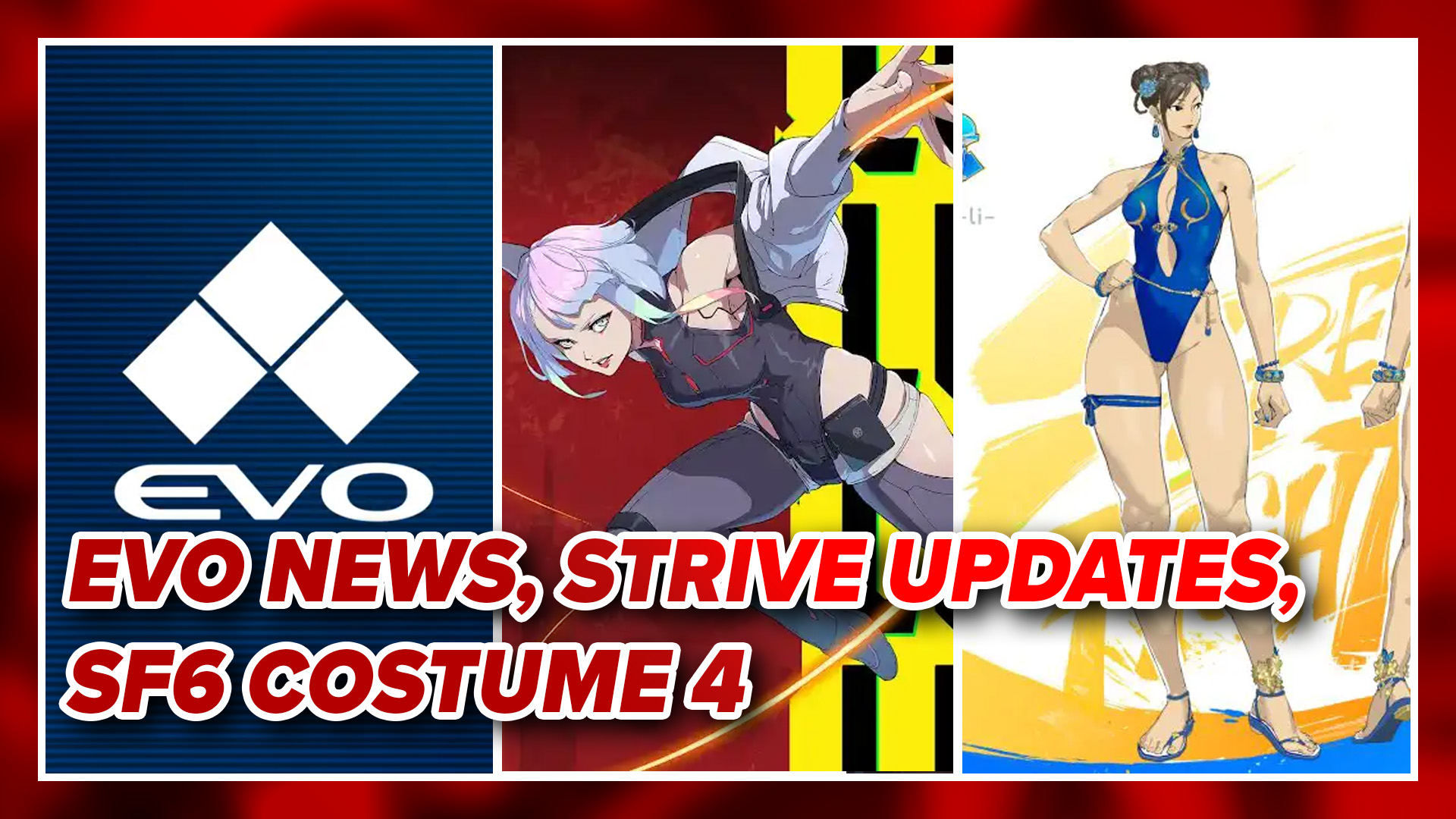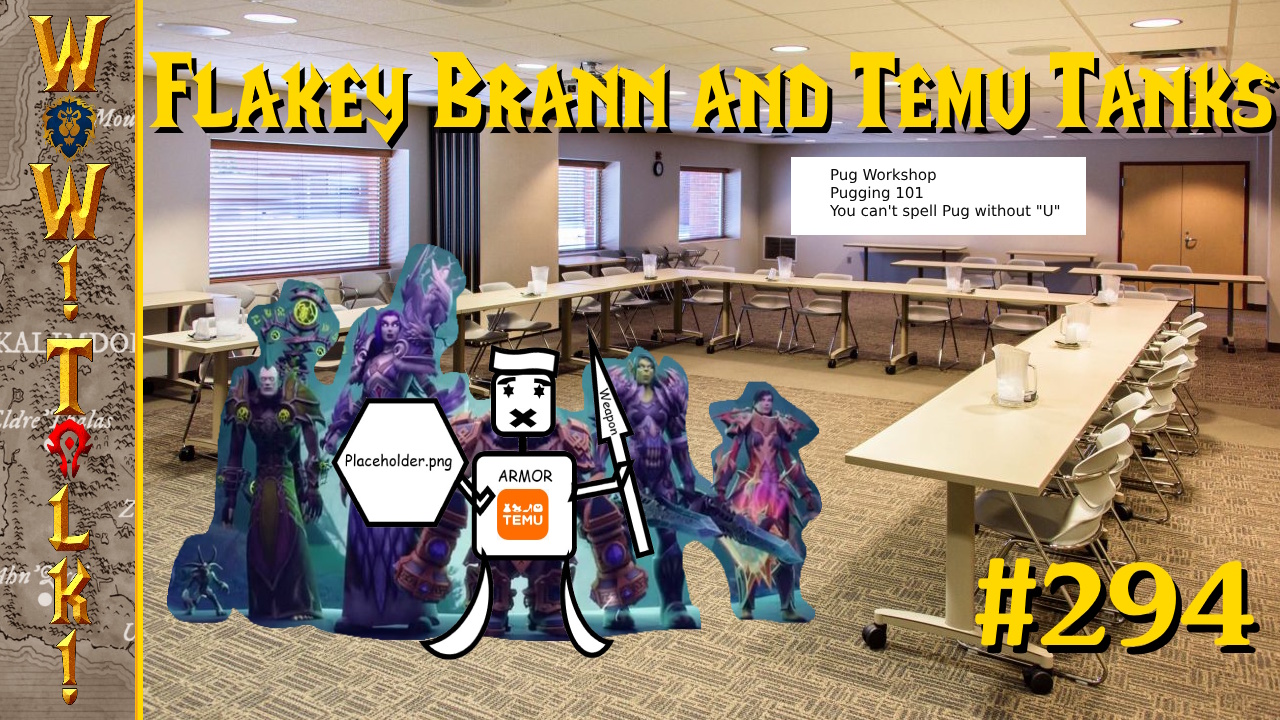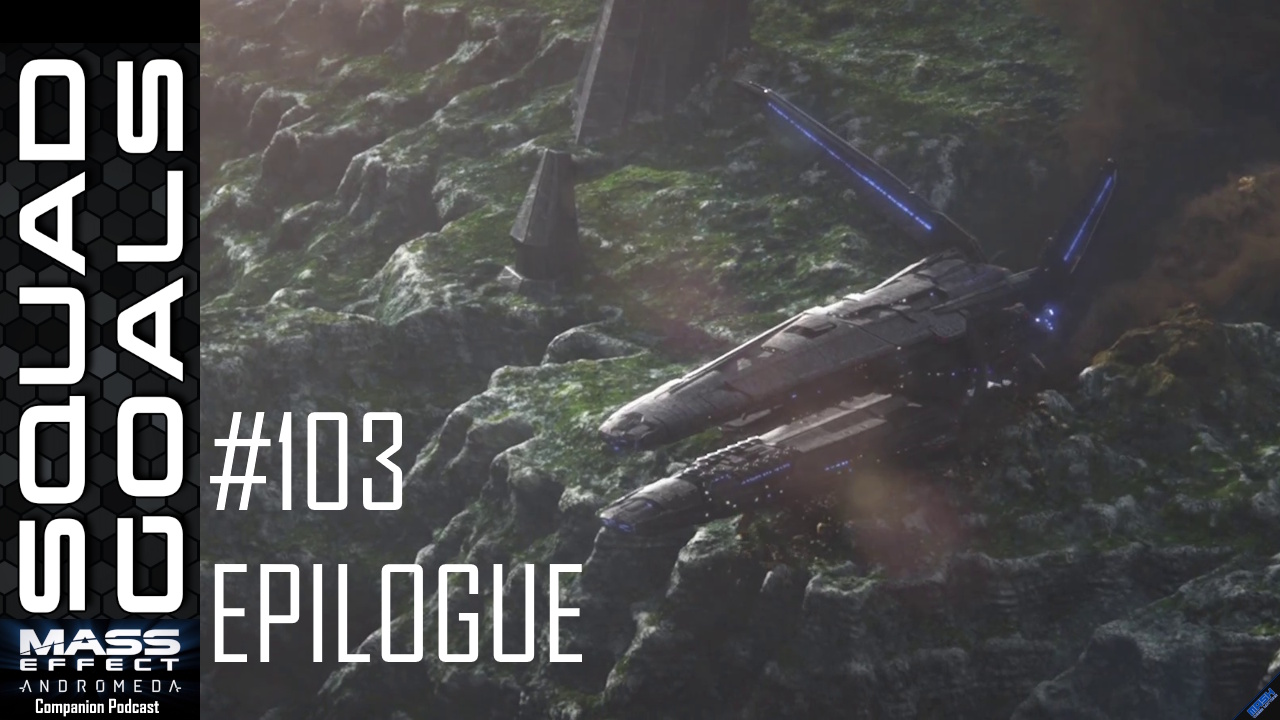
Strike Suit Infinity is a game by the same development team that brought you Strike Suit Zero, but this isn’t a sequel. Strike Suit Infinity is a game where your sole objective is to get a high score while facing wave after wave of enemies. I didn’t get a chance to play Strike Suit Zero, so when I saw this I wasn’t going to let the chance slip by me to check it out.
The Strike Suit is a space craft that can transform into a mech (think less Gundam and more Zone of Enders). The default mode in which you are a space craft —Pursuit Mode— gives you access to plasma cannons, missiles, and rockets. You can carry two types of rockets and two types of cannons in Pursuit Mode, which is something you can’t do in Strike Mode. Some weapons, like plasma cannons, use energy that recharges after use. Other weapons have a set amount of ammo that is only replenished between rounds. Other weapons even have alternate firing modes like the plasma cannons’ ability to link together to fire faster. Certain weapons are also affected by the environment of the arena. I originally thought the developers just wanted to give you a change in backdrop, but then I found that arenas that are in nebulas keep your lock-on weapons from working.
Even though you are limited to only one cannon and one type of missile in Strike Mode, the advantage is the suit’s agility and ability to lock in on multiple targets. When things get hectic, Strike Mode’s ability to do zero point turns, strafe, instantly dash in any direction, and hit multiple targets can help you regain control of a situation. You can’t go into Strike Mode whenever you want, as you need Flux to transform; something you obtain by destroying enemies. Flux only drains while you are firing your cannon or missiles in Strike Mode.
The game is played by rounds, and each round has a specific number of waves. You score points by destroying enemy ships, but you can multiply points by destroying multiple ships in quick succession. Once a wave warps in there is a countdown timer until the next wave, and if you manage to destroy all of the enemies before the next wave you also receive a point multiplier. The bigger the enemy, the more points you get. You’ll come across enemy fighters, bombers, frigates, and various other warships. In some waves you will get a notification that an enemy transport has warped in; these are like bonus points. These ships typically warp in away from the action, so you usually have to stop what you’re doing and pursue these ships away from the fight. If you manage to destroy the ship before it warps away you receive a nice lump of points and also can unlock upgrades and weapons.

This brings up one of the issues I have with that game: the fact that the only way to get upgraded weapons is to destroy transports. It’s not a deal breaker for me, but it would have been nice to have other ways to upgrade. After each round you will receive credits based on your performance; how many ships you destroy, what kind of ships you destroy, and how many allies are alive all determine the amount of credits you get. Why can’t I use my credits to purchase upgrades for my ship and weapons? The fact that your upgrades depend on you destroying transports makes it much more aggravating when they get away; especially early on when you don’t have many upgrades.
So what exactly are credits used for? Before the start of a round you can purchase reinforcements and upgrades for those reinforcements. Certain reinforcements such as fighters and bombers come in sets, but larger reinforcements like carriers or frigates come alone and are more expensive. As long as your allies are alive at the end of the round you will get your credits back to spend on the next round. I like this because you may need bombers one round, but the next round they may be useless, so at least you aren’t forced to keep them.
There are multiple Strike Suits with different stat advantages. For example, the basic Strike Suit has a lot of armor, whereas the Raptor has less armor but better agility (these stats transfer from Pursuit Mode to Strike Mode). There is a clear difference in the movement between the Strike Suit and the Raptor in Strike Mode, and depending on your play style, you may want to choose one over the other. There doesn’t appear to be a “better” Strike Suit; just different advantages for each.
I played the game with both mouse and keyboard and a gamepad. I primarily play PC games so I hopped on mouse and keyboard thinking I would quickly adjust to them. While I wouldn’t say the mouse and keyboard controls are difficult, it definitely wasn’t a very smooth ride. In Pursuit Mode I found it much easier to control the Strike Suit, and my dog fighting greatly benefited from that. However, it was the complete opposite in Strike Mode, as the mouse and keyboard made it much easier to me to target and move about the arena. I decided to stick with the gamepad since the disadvantage I had in Strike Mode outweighed the disadvantage of Pursuit Mode with mouse and keyboard.

Even using the gamepad, I found that the Strike Suits weren’t as agile as I wanted them to be. I didn’t have a problem tracking enemies, but when an enemy got behind me I found myself taking a pounding because it was difficult to find a way out of their line of fire. Sure, you can break and cut, but if an enemy wasn’t close to you that move means nothing since they can still pepper you from afar. It would be different if you had some type of radar to tell you where enemies are in relation to you, since you would be able to determine which types of moves to make. Instead of radar you just get red arrows on the edges of your screen.
If it was just one red arrow that had the distance of the enemy fighter it would be one thing, but sometimes you can have a bunch of red arrows pointing behind you so you don’t know which one is actually hitting you. It was frustrating being engaged in a dog fight, then having to break off and try random maneuvers to get an enemy off of you. This becomes a much bigger problem in later rounds where there are large groups of enemies on the field.
Maybe I’m just bitching. The game was clearly not made with casual players in mind, and there is no easy route to victory. There is no fast win or super overpowered weapon for you to obliterate enemies with. In order to get the higher scores you need to balance flight skill, accuracy, and tactics. Even making sure you prioritize enemies properly is a big deal the deeper you get into the game. Despite the problems I had, I did enjoy the game. The challenges I ran across aren’t anything that I couldn’t overcome with practice and persistence; eventually allowing me to master the game. That’s the type of player I am, though.
I would recommend the game to those who enjoy space shooters, challenges, and the thrill of mastering a game. If you were just looking for a game where you can shoot things in space, this may frustrate you. As for me, I’m looking forward to the long, hard (and probably flustering) trek to the top of the leaderboards.




